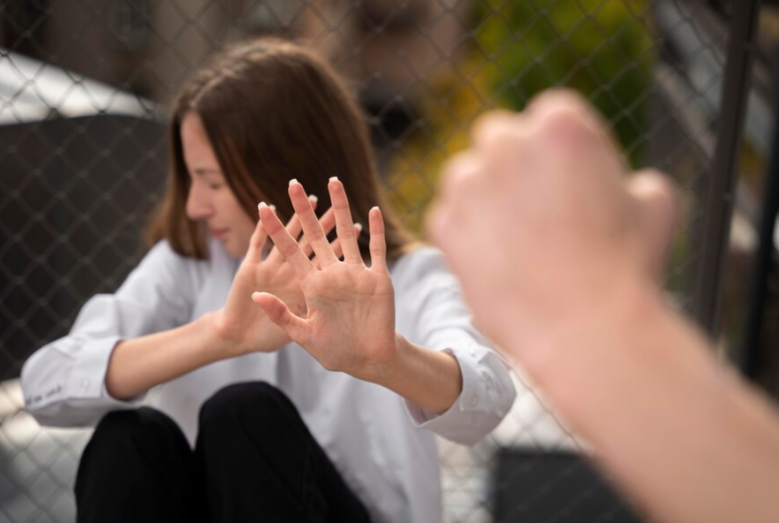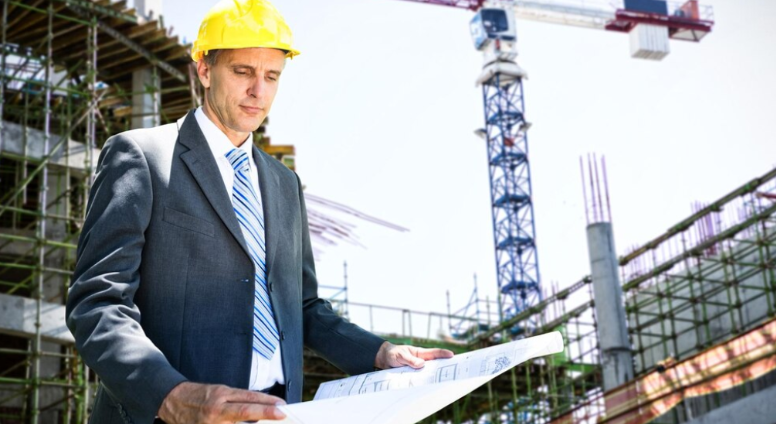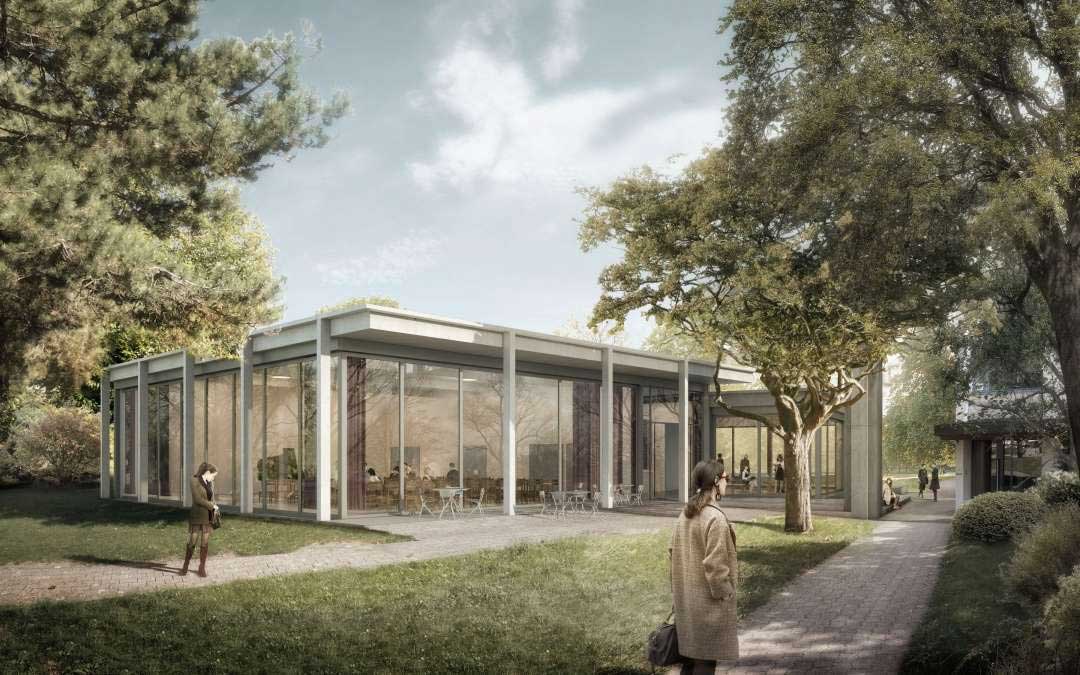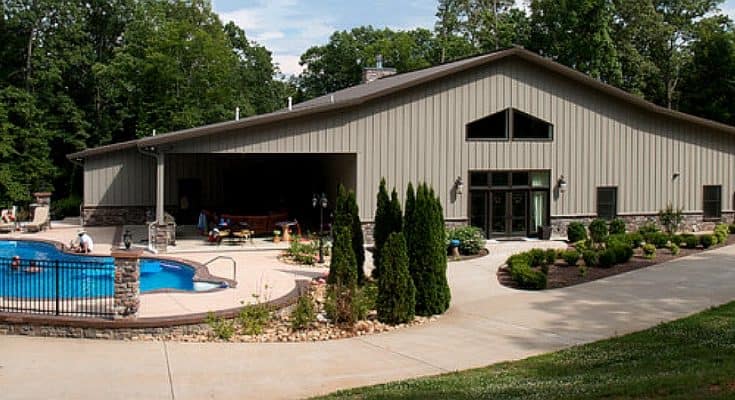Rendering techniques have become an essential tool for architects to communicate their vision and designs to clients, investors, and other stakeholders. The right rendering techniques can create stunning visuals and help to illustrate the potential of any building project. In this article, we will explore how to create realistic architectural visualizations using advanced rendering techniques.
What is Rendering?
Rendering is the process of creating a photorealistic, or realistic-looking, image from a 3D model. This is done by using specialized software that simulates the physical behavior of light, materials, and other properties of the scene. The result is an image that can be used for design presentations, marketing materials, and more.
Architectural visualization agencies use advanced rendering techniques to create realistic 3D visualizations of buildings, interiors, and landscapes. These visuals are used to help clients better understand the proposed design of a project and to showcase the work of architects. Advanced rendering techniques include 3D modeling, texturing, shading, lighting, and post-production. These techniques allow the agency to create visuals that are as close to reality as possible and make a compelling argument to potential clients. With the help of an architectural visualization agency in Chicago, architects can showcase their best work and make a lasting impression on potential clients.
Types of Rendering
- Ray Tracing – Ray tracing is a technique that simulates the way light interacts with objects and surfaces. Ray tracing allows for the creation of realistic images with accurate shadows, reflections, and other lighting effects.
- Global Illumination – Global illumination is a technique that simulates indirect lighting. This allows for realistic lighting effects like ambient occlusion, soft shadows, and indirect lighting.
- Physically Based Rendering – Physically based rendering is a technique that simulates the physical properties of materials. This allows for the creation of realistic materials like metal, wood, plastic, and more.
- Path Tracing – Path tracing is a technique that simulates the way light travels through a scene. This allows for realistic lighting effects like indirect lighting, soft shadows, and caustics.
- Stochastic Ray Tracing – Stochastic ray tracing is a technique that simulates the way light bounces off objects and surfaces. This allows for realistic lighting effects like soft shadows, indirect lighting, and caustics.
Tips for Creating Realistic Visualizations
- Lighting – Lighting plays a key role in creating realistic visuals. Be sure to use natural lighting that accurately reflects the environment. Use soft shadows and indirect lighting to create a realistic look.
- Materials – Materials are essential for creating realistic visuals. Be sure to use physically based materials that accurately reflect the properties of the materials used in the project.
- Textures – Textures are important for creating realistic visuals. Be sure to use high-resolution textures that accurately reflect the look and feel of the materials used in the project.
- Post-Processing – Post-processing is an essential part of creating realistic visuals. Be sure to use post-processing techniques like color correction, bloom, and tone mapping to make the final image look its best.
- Rendering Settings – Rendering settings are important for creating realistic visuals. Be sure to use the right settings to create the look and feel you are trying to achieve.
- Test Renderings – Test renderings are important for ensuring the accuracy of your visuals. Be sure to make test renderings to make sure everything is looking the way you want it to.
Conclusion
By using these advanced rendering techniques, you can create realistic architectural visualizations that accurately reflect the potential of any building project. Be sure to use natural lighting, physically based materials, high-resolution textures, post-processing techniques, and the right rendering settings to create the best visuals possible. With the right rendering techniques, you can create stunning visuals that will help to illustrate the potential of any building project.











